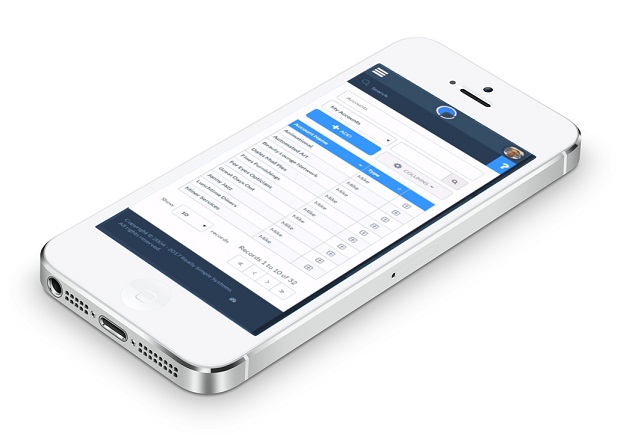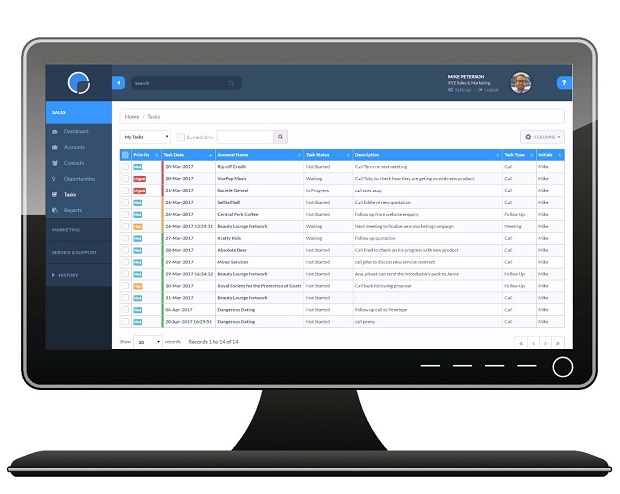* – This article has been archived and is no longer updated by our editorial team –
Really Simple Systems is the largest European vendor of cloud CRM systems with more than 10,000 users worldwide. The company moved its production systems to Google Cloud in November 2017. We asked Really Simple Systems CEO, John Paterson, what prompted the move, what experiences the company encountered in making the move, and if they had any advice for other businesses contemplating moving their production system to a third-party PaaS provider.
Below is our interview with John Paterson, the founder and CEO of Really Simple Systems:
Q: Why did Really Simple Systems move to a PaaS provider?
A: Before November 2017, we were running our production systems in two datacenters with master-master replication and automatic failover and that worked well, but we had two issues. The first issue was that as our customer base was growing fast and, as it grew, we needed to keep building and maintain extra servers in each datacenter.
The other issue was that both datacenters were increasingly experiencing a growing number of connectivity issues – as much as a ten minute outage every month each. And although our failover systems were good, they created a bit of disruption to our customers causing them to need to log into the CRM system again. These issues meant that maintaining multiple replicated servers in each datacenter was becoming time consuming, so we decided to look for one major PaaS provider that would solve all our problems.
Q: Why did you choose Google Cloud?
A: We looked at three PaaS options: AWS, Azure and Google. Azure we discounted early on as our new product was built using open source tools on a LAMP stack, so it was a bad fit for us. AWS was a possibility but their pricing was opaque and their reported uptime and reliability was not encouraging. Compliance with the European Union’s (EU) new General Data Protection Regulation (GDPR) was also a key criteria – our data needed to remain in the EU. Google’s Cloud offering ticked all the boxes, providing us with a PaaS option at an affordable price with the data based in Belgium.
Q: How do the costs compare from your previous set up?
A: It is more expensive to run the production CRM application on Google Cloud but cost was never the point. Renting racks in a datacenter is cheap and servers are getting cheaper. What we were looking for was better performance and uptime, with less internal management.
Q: How has Google Cloud performed against your expectations?
A: Overall, the migration to Google Cloud has been a great success. The system scales well, although the monthly costs scale with it!
 Recommended: Meet WORKetc – A Web Based CRM, Project Management & Collaboration Software
Recommended: Meet WORKetc – A Web Based CRM, Project Management & Collaboration Software
Q: Any other advice you’d like to give to our readers?
A: A point to bear in mind with all PaaS providers is that even when they offer, and you pay for, redundant systems with instant failover, there is always a single point of failure somewhere. During our first year with Google we’ve had one such issue. Although a much better performance than any previous individual datacenter, as we strive for 99.999% uptime, any downtime is unacceptable.
If you are running business critical systems, as Really Simple Systems CRM is to our customers, you need a backup system either in-house or with an entirely separate vendor. Ideally this should be in a geographically dispersed location on a different power grid and with connectivity routed through different providers.
Activate Social Media:


 Recommended:
Recommended: 